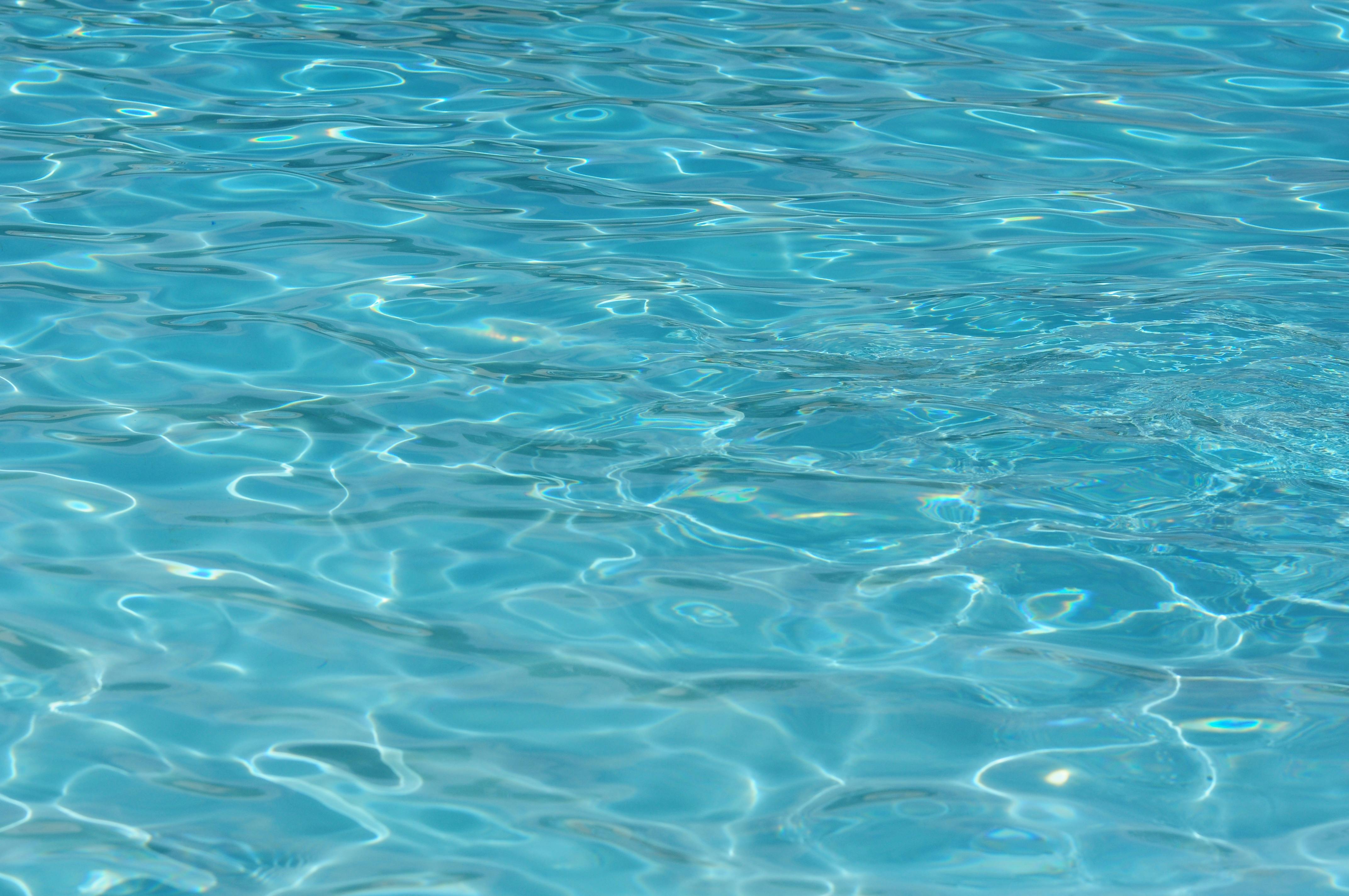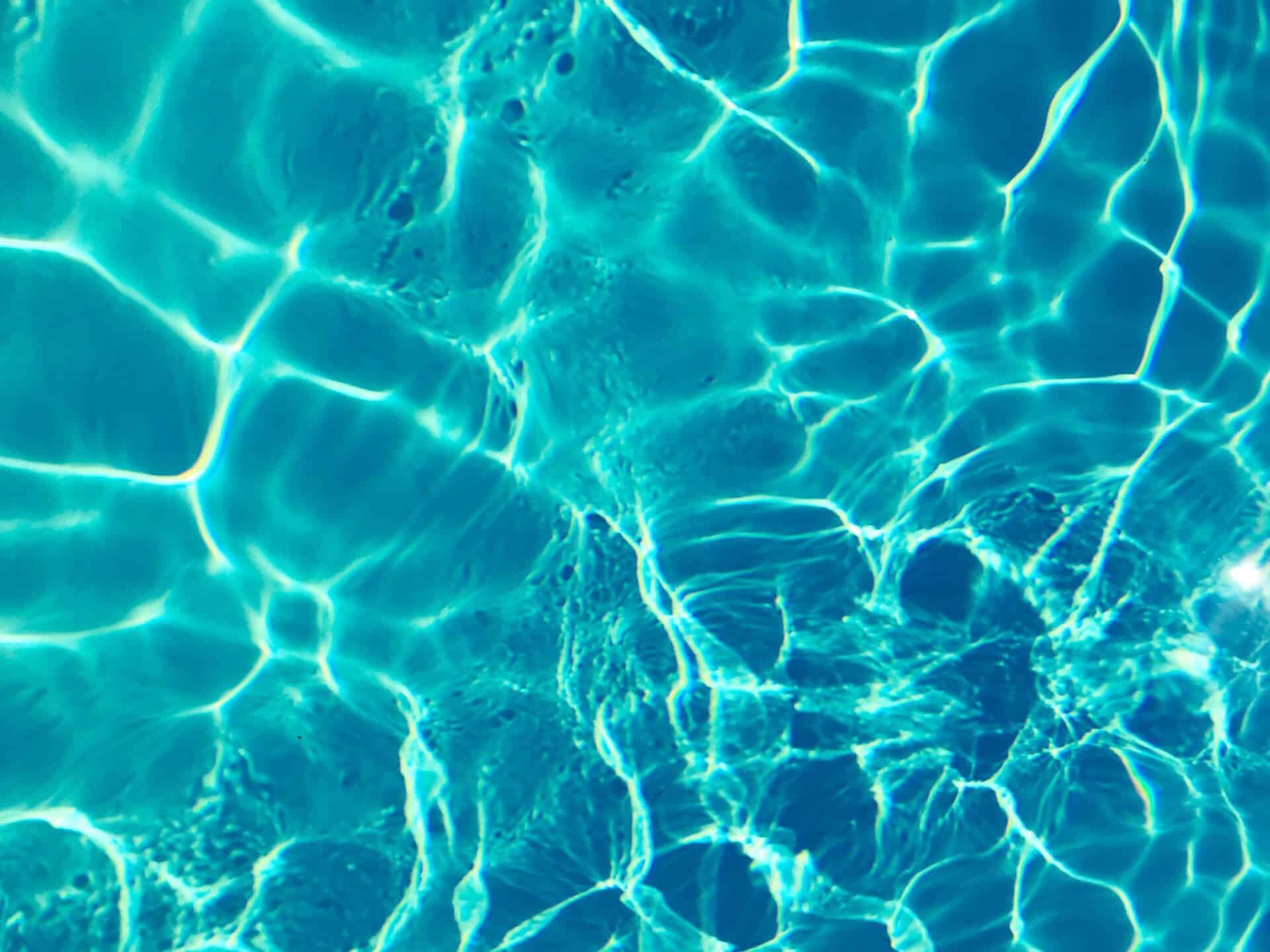It is important to check for signs of a pool leak, as they can lead to potential damage to your pool, yard and even home. A pool leak can be caused by a variety of factors, including faulty equipment, improper installation or age-related wear and tear. If you suspect your pool is leaking water, there are several steps you can take to determine the source of the issue and make appropriate repairs. In this article, we will discuss how to tell if your pool is leaking water.Signs that may indicate a pool leak include:
1. Unexpectedly low water levels, particularly after heavy rains or a period of high usage.
2. Cracks in the pool deck, walls, or flooring.
3. Stains on the pool deck around the edges of the pool, which can be caused by water seeping out of the pool liner.
4. Standing water around the perimeter of the pool, which can be an indication that ground water is seeping into the pool due to a leak in the plumbing or other components.
5. A noticeable increase in your water bill or an unexplained wet spot in your yard, which could be caused by a leak in your plumbing lines leading to or from your pool equipment.
Common Causes of Pool Leaks
Pool leaks can be quite a nuisance and expensive to repair. Knowing the common causes of pool leaks can help you identify potential problems before they become costly repairs. The most common causes of pool leaks include: cracks in the liner, damaged equipment, faulty plumbing, and water loss due to evaporation.
Cracks in the liner are often caused by age or improper installation. As the pool ages, the liner becomes brittle and prone to cracking. Additionally, improper installation can cause weak spots in the liner that lead to cracks and eventual leaking. If you notice any cracking in your pool’s liner, it is important to hire a professional for repairs as soon as possible.
Damaged equipment is another common cause of pool leaks. Swimming pools require a lot of mechanical equipment such as pumps, filters, valves, and heaters. Over time these components can become worn or damaged which can lead to leaking water. It is important to have your equipment serviced regularly by a professional to ensure everything is working properly.
Faulty plumbing is also a common cause of pool leaks. Pipes that connect your pool’s mechanical components can become corroded or cracked over time which leads to leaking water. It is important to inspect your pipes regularly for signs of corrosion or damage and have any necessary repairs done right away.
Finally, water loss due to evaporation is also a common cause of pool leaks. Swimming pools naturally lose some amount of water through evaporation but if you notice an unusually high amount then you may have a leak somewhere in your system. You can reduce evaporation loss by using a pool cover when the pool isn’t in use and checking for any loose connections in your plumbing system that could be causing excess water loss.
Checking for Water Loss in Your Pool
Swimming pools require regular maintenance to keep them clean and safe. One of the most important tasks is checking for water loss. If your pool is losing too much water, it can put strain on the filtration system and cause costly repairs. Fortunately, there are a few simple steps you can take to check for water loss in your pool.
The first step is to measure the water level of your pool. Make sure it’s at least half-way up the skimmer opening. If it’s not, fill it to the appropriate level and wait 24 hours to observe any changes in the water level. If it drops significantly, you may have a leak. You should also check for wet spots around the pool or any visible signs of water seepage.
In addition to checking for physical signs of a leak, you should also inspect the plumbing system around your pool for any cracks or breaks in the pipes. Even a small crack can lead to large amounts of water loss over time, so be sure to check all pipes and fittings regularly.
Finally, if you suspect an issue with your pool’s filtration system, such as clogged filters or pump problems, you should have it checked by a professional as soon as possible. These problems can also lead to large amounts of water loss if left unchecked.
By following these simple steps, you can ensure that your swimming pool stays safe and healthy year-round. Regularly checking for water loss will help prevent costly repairs down the line and keep your pool looking its best!
How to Tell If Water Is Being Lost Through Evaporation
Evaporation is the process of a liquid changing into a gas. It is a natural phenomenon that occurs when water molecules absorb heat energy from their environment, which causes them to escape into the atmosphere as vapor. When this happens, the amount of water in an area decreases. Knowing how to tell if water is being lost through evaporation can help you conserve water and protect your environment.
One way to tell if water is being lost through evaporation is by observing how quickly it evaporates from puddles and ponds. If you notice that puddles or ponds are drying up faster than normal, then it’s likely that evaporation is occurring at an accelerated rate.
Another way to tell if water is being lost through evaporation is by looking for signs of high humidity in the area. When the air in an area contains more moisture than normal, it means that evaporation rates are high and that water molecules are escaping into the atmosphere at a rapid rate. You can look for signs of high humidity by measuring the relative humidity in your area with a hygrometer or by looking for signs such as fog, dew on surfaces, or dampness on walls and windowsills.
Finally, you can also tell if water is being lost through evaporation by monitoring changes in temperature in your area. When temperatures rise suddenly or remain high for extended periods of time, it can cause increased evaporation rates as more heat energy becomes available for water molecules to absorb and escape into the atmosphere as vapor. Paying attention to changes in temperature can help you identify when evaporation rates are higher than normal so that you can take steps to conserve water and protect your environment.
By understanding how to tell if water is being lost through evaporation, you can make sure that you’re doing everything possible to conserve this precious resource and protect your environment from unnecessary damage due to excessive evaporative losses.
Investigating for Underground Leaks
Underground water leaks can be a difficult problem to address, especially if the leak is not easily visible. The key to finding an underground leak is to use specialized equipment and technology that can detect it. Specialized equipment such as acoustic listening devices, infrared cameras, and ground penetrating radar can help locate the source of a leak. Once the source of the leak has been located, repair techniques such as pipe lining or pipe bursting can be used to fix the issue.
Acoustic listening devices are typically used by plumbers and other professionals in order to detect the sound of running water or air escaping from a pipe. This type of technology works by picking up on changes in sound levels in order to determine where the leak is located. Infrared cameras are also used to detect underground leaks. These cameras work by detecting changes in temperature associated with underground water leaks, which makes them ideal for finding these types of issues quickly and accurately.
Ground penetrating radar is another tool that is often used for locating underground water leaks. This type of technology uses radio waves in order to create an image of what lies beneath the surface. It can detect changes in soil composition, which can help pinpoint the exact location of a leak. Once this information has been obtained, repair techniques such as pipe lining or pipe bursting can be used to fix the issue quickly and efficiently.
Investigating for underground leaks should never be taken lightly as it requires specialized equipment and technology that only experienced professionals should handle. By using acoustic listening devices, infrared cameras, and ground penetrating radar, professionals are able to quickly locate and fix any underlying water issues before they become more costly repairs down the line.

Inspecting Your Pool Equipment for Leaks
Leaks in your pool equipment can lead to costly repairs, so it’s important to inspect all of your pool equipment regularly. The most common areas to check for leaks are the filter, pump, and skimmer. You should also inspect the lines that connect the various components together for any signs of wear and tear. Here are some tips on how to check for leaks in each area:
Filter: Check the filter regularly to make sure there are no visible signs of leaking. If you notice any water seeping out of the filter, replace it right away.
Pump: Inspect the pump and its connections to make sure there are no visible signs of leaking. If you find a leak, replace or repair the pump immediately.
Skimmer: Inspect the skimmer and its connections for any signs of leakage or corrosion. If you find any problems, repair or replace the skimmer as soon as possible.
Lines: Inspect all lines that connect pool components together for any signs of wear or corrosion. Replace any lines that have been damaged or worn out over time.
By regularly inspecting your pool equipment for leaks, you can prevent costly repairs and ensure your pool remains safe and operational.
Identifying Skimmer Leaks
A skimmer leak can be difficult to identify, especially when they are located in hard-to-reach areas. The first step in identifying a skimmer leak is to check for any signs of water damage around the pipe. If there is evidence of water staining or mold growth, then it is likely that there is a leak. It is also important to check for any visible signs of dampness or seepage around the pipe. If there is an area that appears to be leaking, then it could be a sign of a skimmer leak.
The next step in identifying a skimmer leak is to perform a pressure test. This involves filling the pipe with water and checking for any signs of leakage. If there are any signs of water escaping from the pipe, then it could indicate that there is a skimmer leak present. It is important to note that not all leaks can be identified with this method, so further investigation may be necessary.
Fixing Skimmer Leaks
Once a skimmer leak has been identified, the next step is to repair it as soon as possible. Depending on the severity of the leak, different approaches may need to be taken in order to fix it correctly. For minor leaks, applying some sealant or epoxy around the joint may do the trick and prevent further damage from occurring.
For more major leaks where large amounts of water are escaping from the pipe, then more complex repairs may need to be made such as replacing pipes or using specialized clamps and seals. In some cases, certain parts of the system may need to be replaced entirely in order to fix the issue properly and prevent future problems from occurring.
It is important for homeowners and businesses alike to regularly inspect their plumbing systems for any signs of leaking or damage so that they can take action quickly if any problems occur. Skimmer leaks can cause significant damage if left unchecked, so regular inspections can help prevent costly repairs from being required in the future.
Troubleshooting Pool Wall and Floor Cracks
Pool walls and floors can crack due to a variety of reasons, including ground movement, improper installation, or age. Cracks in your pool walls and floors can be a major problem if left unchecked, as they can lead to serious structural damage as well as water loss. It is important to identify the source of the cracks in order to properly address them. Here are some tips on troubleshooting pool wall and floor cracks.
The first step in troubleshooting pool wall and floor cracks is to inspect the area for any visible signs of damage. Look closely at the walls and floors for any signs of fractures or stress lines that may indicate structural damage. If you notice any such signs, it is important to take action as soon as possible.
Once you have identified any visible signs of damage, it is important to assess the cause of the cracking. Ground movement or improper installation could be responsible for the issue, so it is important to determine which one it is before taking action. If you find that ground movement is responsible for the cracking, you may need to have your pool professionally inspected in order to identify what needs to be done in order to repair it.
If improper installation or age are responsible for your pool wall and floor cracks, there are a few steps you can take in order to repair them. For instance, small cracks can often be filled with a special epoxy that will help prevent any further damage from occurring. However, larger cracks may require more extensive repairs such as replacing sections of your pool or even installing new walls and floors altogether.
When troubleshooting pool wall and floor cracks, it is important to take action quickly in order to prevent further damage from occurring. Taking proper steps now can help ensure that your pool remains safe and structurally sound for years to come.

Conclusion
Identifying a swimming pool leak can be a difficult task. Sometimes the leak can be obvious and other times it can be very hard to pinpoint. The most important thing to remember is that if you suspect a leak, act quickly to investigate and address the issue promptly. A leaking pool can lead to costly repairs and maintenance, so addressing it quickly is essential. Check your pool’s water level over time, inspect the equipment for signs of wear or damage, and look out for other telltale indicators like water in the yard or high water bills. If you still suspect a leak, contact a professional to help you locate and repair it.
Having knowledge about your pool’s plumbing system and equipment will help you identify any potential problems more quickly. Treating your pool with care will also help prevent small issues from becoming bigger issues down the road. With regular maintenance, you can keep your pool in good condition for many years to come.
In summary, understanding how to detect a swimming pool leak is an important part of maintaining your swimming pool or spa. By performing regular inspections and being aware of any signs of leaking water, you can save yourself time and money in the long run.

